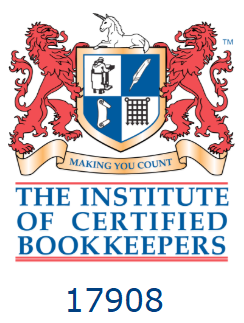NI rates hiked - how much more will workers pay?
Earlier today (7 September) Boris Johnson announced that NI and dividend tax rates will be hiked to help fund social care, pay for coronavirus support measures and clear the NHS backlog. Who will be affected and by how much?

Firstly, NI rates will increase by 1.25% from April 2022. This will apply to both primary and secondary Class 1 contributions, which will increase to 13.25% and 3.25% for earnings up to, and above, the upper earnings limit respectively. Class 4 rates will also increase to 10.25% and 3.25%. The additional 1.25% will be carved out as a separate levy from April 2023 - essentially it will be a new tax.
To illustrate what this will mean for employees, the following table is a useful reference, assuming the current NI thresholds apply:
|
Salary |
Current NI bill |
Expected increased NI bill |
Change |
|
£15,000.00 |
£651.84 |
£719.74 |
£67.90 |
|
£25,000.00 |
£1,851.84 |
£2,044.74 |
£192.90 |
|
£35,000.00 |
£3,051.84 |
£3,369.74 |
£317.90 |
|
£45,000.00 |
£4,251.84 |
£4,694.74 |
£442.90 |
|
£55,000.00 |
£4,951.84 |
£5,519.74 |
£567.90 |
Secondly, the dividend tax rates will also increase by 1.25%, i.e. to 8.75%, 33.75% and 39.35% for basic, higher and additional rate taxpayers respectively.
Related Topics
-
P46 (car) submission deadline
-
Deadline to file paper self-assessment returns
-
MONTHLY FOCUS: TAX PLANNING FOR MARRIED COUPLES (TRADERS AND COMPANIES)
Married couples have been taxed separately rather than as a unit since 1990. There are a number of strategies married couples (and civil partners) can adopt to save tax. This Monthly Focus looks at business-related income planning.





 This website uses both its own and third-party cookies to analyze our services and navigation on our website in order to improve its contents (analytical purposes: measure visits and sources of web traffic). The legal basis is the consent of the user, except in the case of basic cookies, which are essential to navigate this website.
This website uses both its own and third-party cookies to analyze our services and navigation on our website in order to improve its contents (analytical purposes: measure visits and sources of web traffic). The legal basis is the consent of the user, except in the case of basic cookies, which are essential to navigate this website.